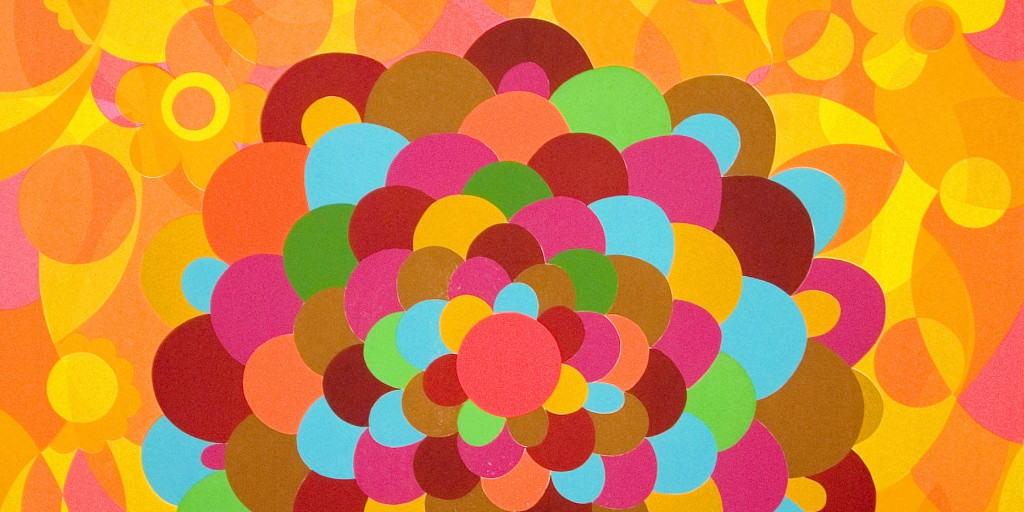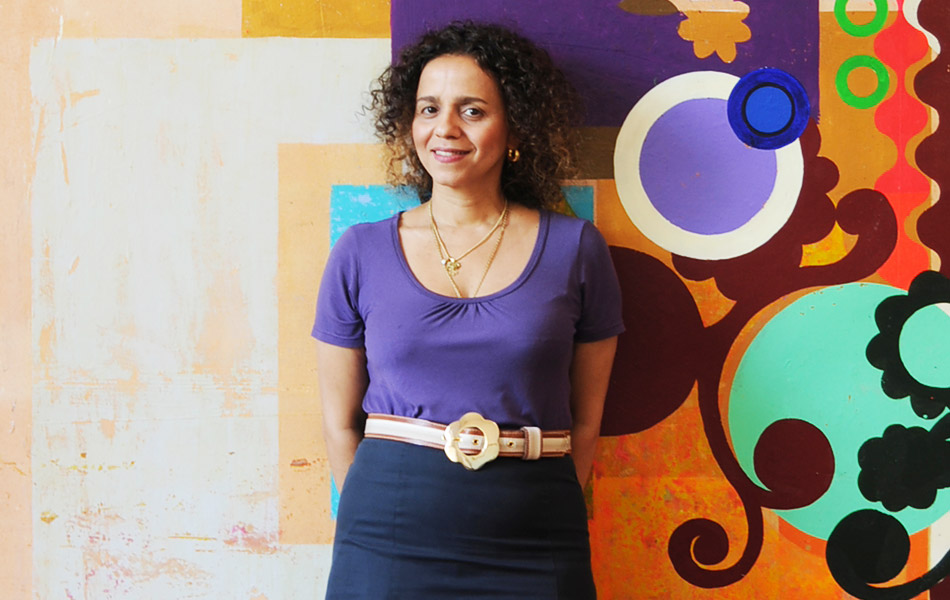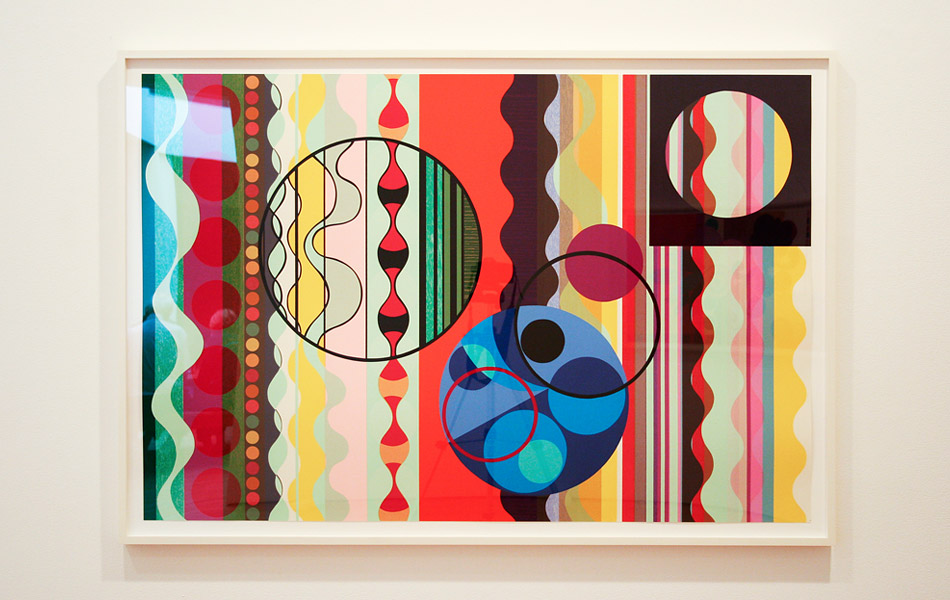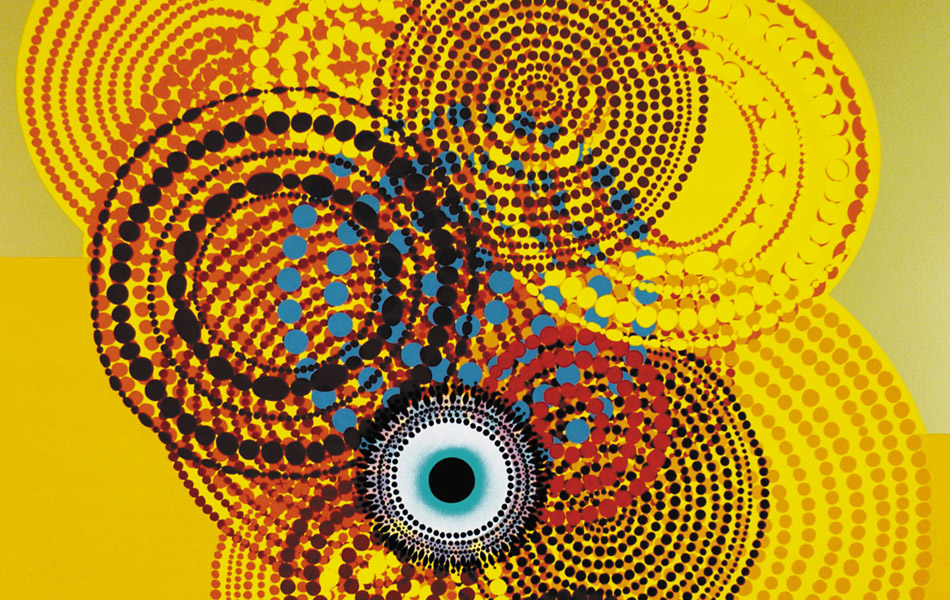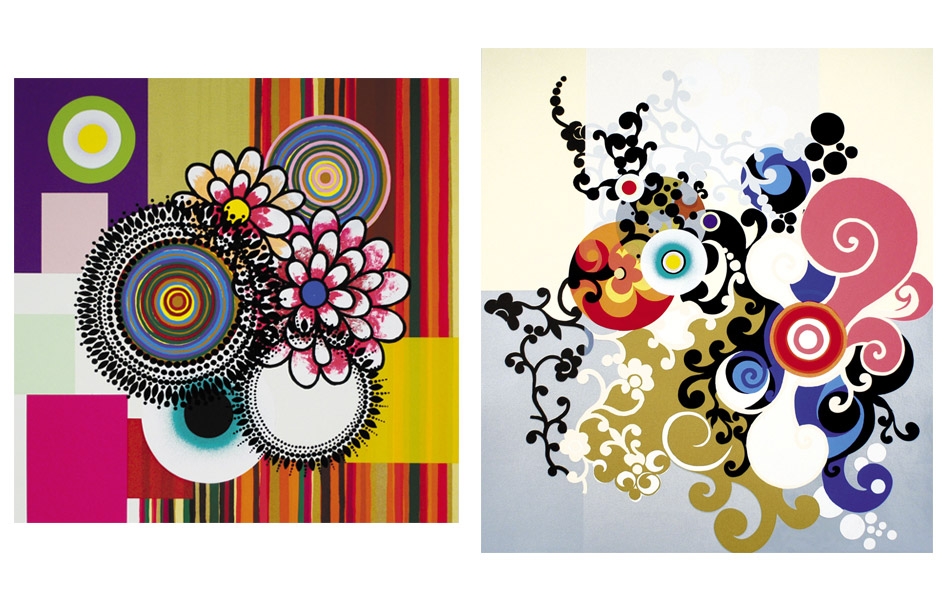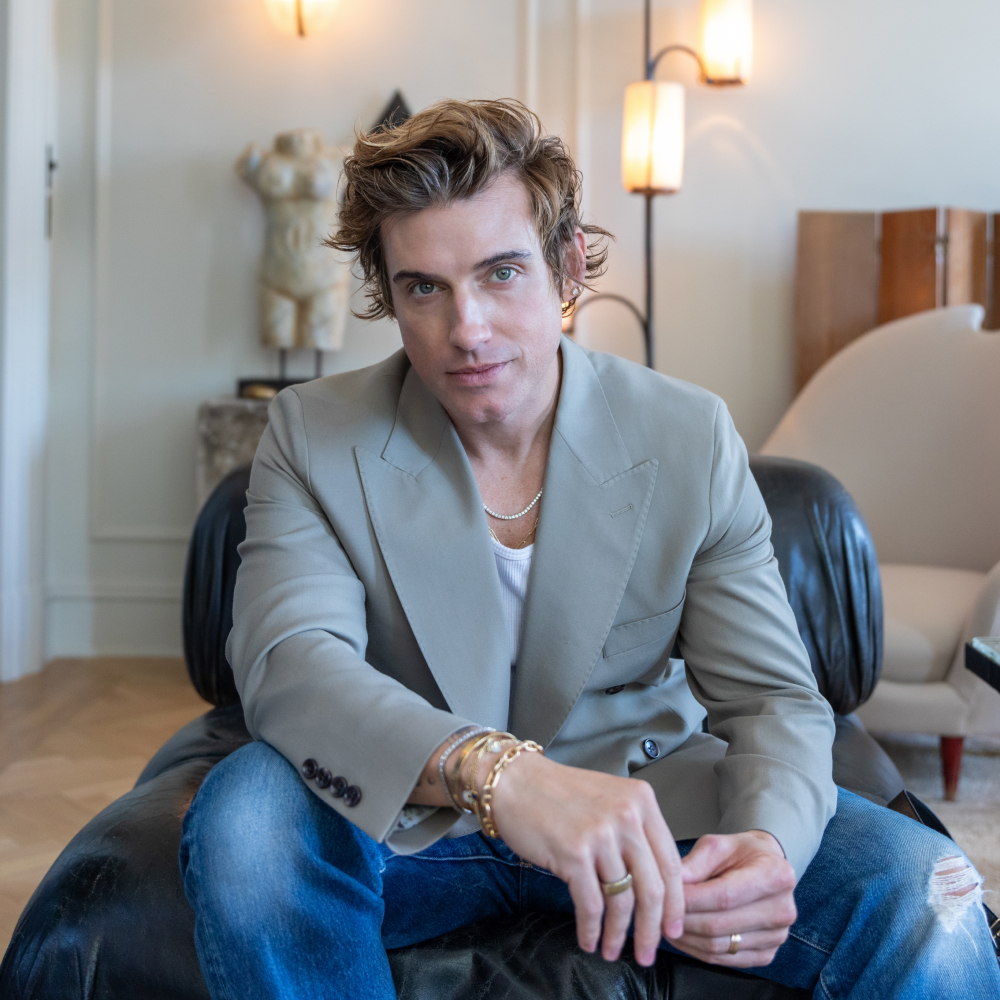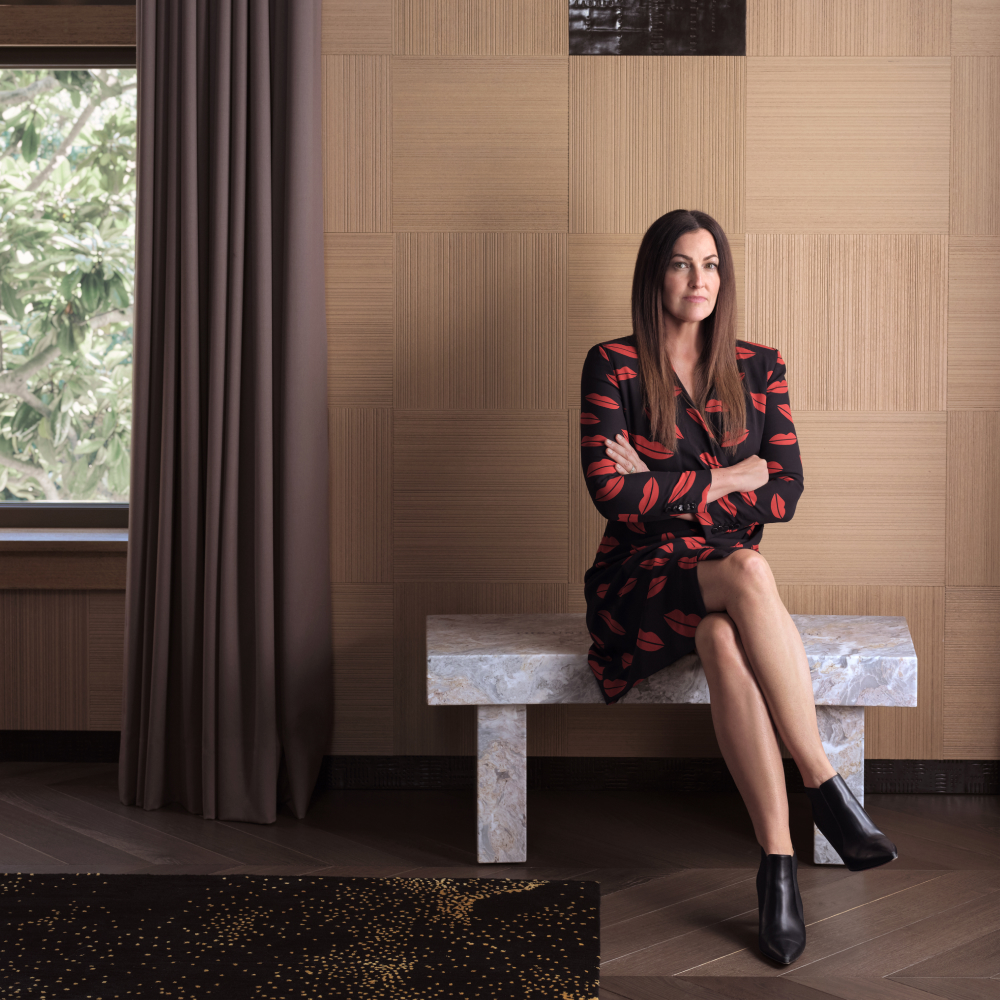
August 2, 2012Among other endeavors, Hilary M. Weston co-created Windsor, a pioneering New Urbanist community in Florida that boasts its own world-class art gallery (portrait by Chris Nicholls). Top: Jamaica, 2007, by Beatriz Milhazes, the subject of the Windsor gallery’s current show (photo courtesy of Durham Press).
Imagine someone with the fundraising skills of Elizabeth Taylor, the art collecting smarts of Peggy Guggenheim and a dash of Hillary Clinton’s political savvy. She’d look a lot like the Honorable Hilary M. Weston, Canada’s civic-minded dynamo. Her fundraising is legendary, particularly her role as chief of the $450 million campaign for the Daniel Libeskind–designed Royal Ontario Museum in Toronto, her hometown since 1974. The Dublin-born Weston further demonstrated her sense of responsibility to her country by serving as lieutenant governor of Ontario from 1997 to 2002.
But her best-known role, fittingly, has been establishing and nurturing — with the help of her husband, businessman and philanthropist W. Galen Weston — her very own community: The Village at Windsor, the pioneering New Urbanist development founded in 1989 on a lush Florida barrier island near Vero Beach. As she put the place together, she thought that the best way to bind its residents together would be to provide them with opportunities to view world-class art. Thus was born The Gallery at Windsor, which she established with her daughter, Alannah. Recently, Weston partnered with London’s Whitechapel Gallery on a series of shows, including the current exhibition of Beatriz Milhazes’s screen prints, up through April 20. The Brazilian Milhazes has been dazzling international art audiences with her brightly colored geometric shapes, which call to mind Sonia Delaunay‘s pioneering abstractions of the early 20th century, and, now, she’s come to Windsor.
Weston recently spoke with Introspective about the show, about Windsor and about her passion for collecting art.
1. What’s special about Beatriz Mihazes’s art, and how does it work in The Gallery at Windsor?
The Gallery is a gem-like space and a very intimate series of rooms. Beatrice’s work is tropical and very suited there. We’re showing her screen prints — they have all the original geometric shapes of her paintings. It’s exciting because she comes from Brazil, and the colors she chooses are a reflection of her homeland. It’s a symphony of color and shape. The works draw you toward them, and they are not found wanting. The thing about Windsor is that we started with drawings by Jeanne-Claude and Christo. We’re committed to drawings.
2. And you collect them too, correct?
Yes, our personal collection started with Old Master drawings. Early works particularly inspire us, the French and Italian masters. And then we moved on to Edgar Degas and Henri de Toulouse-Lautrec — and then we detoured to British contemporary art! Both drawings and paintings. Peter Doig is someone we follow very carefully.
3. What attracted you to Florida in the first place?
It was not our ambition to spend winters there. But somehow we were able to find this glorious place called Vero Beach, which is largely a conservation area. It’s a sleepy and old-fashioned Florida town. So we bought a couple of citrus groves by the Indian River with a fifteen-mile beach and palmettos and sand dunes. We thought: Let’s create something that we would enjoy. That’s how our village by the sea came about. We embraced the New Urbanism. People thought we were absolutely crazy. We took a risk, and it was very exciting.

Residents convene at a café and gourmet food store within the Village at Windsor. Courtesy of Windsor

“We thought: Let’s create something that we would enjoy. That’s how our village by the sea came about,” says Weston of the idea that led her and her husband to develop Windsor. Portrait by Chris Nicholls
4. How would you advise a young collector starting out to approach art-buying?
Sometimes you’re driven by how much you can afford — for us, drawings were more affordable when we started. And those same drawings today would not be! Develop your eye, I would say, that’s the most important thing. Go to galleries and museums, but act on instinct too, and build on that.
5. Have you ever made art yourself? If not, what would you like to take up?
No. But I would make ceramics. There were a lot at Art Basel Miami Beach last December, and we bought Ai Weiwei‘s ceramic pumpkins, inspired by the ceramic seeds he had shown at the Tate. That’s the thing about art — if there’s something you’re really drawn to, you have this total recall of it. I imagine this is what happens to really serious collectors. They recall something they have seen, and then they cannot get it out of their minds. They must have it, by hook or by crook. If I pass on a piece that’s lodged in my mind, I find myself thinking: Why didn’t I buy that?
